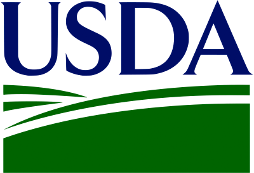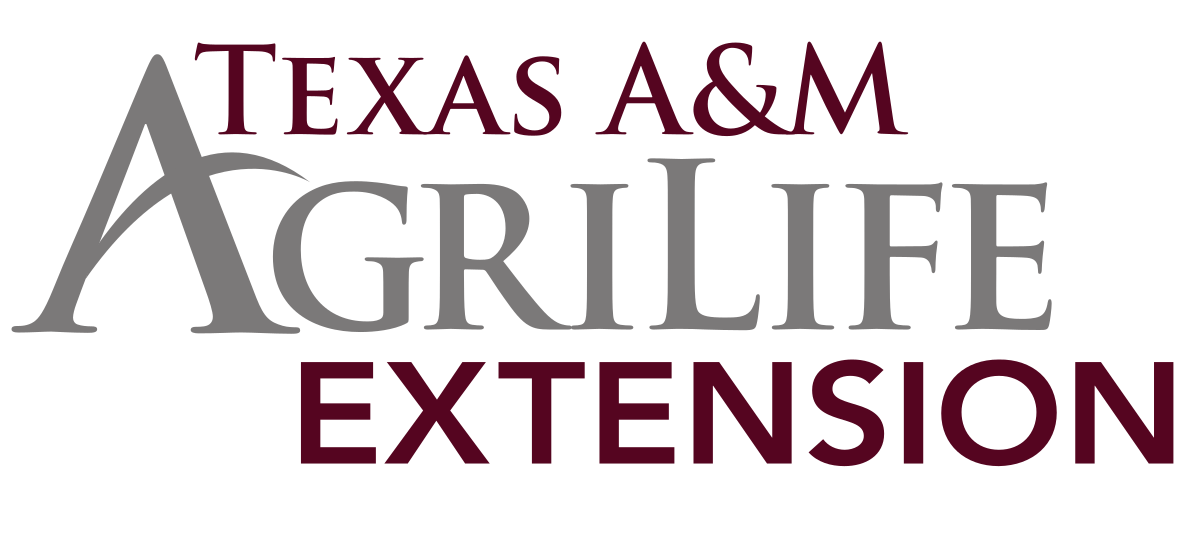Sexual Behavior in Children and Youth (SBCY) Series
About This Series
Children and youth often exhibit behaviors that are considered sexual by the adults observing them. Understanding the factors associated with normal and concerning sexual behavior is important when preparing professionals and caregivers with the best practices to keep children safe and thriving during childhood and youth.
This series addresses normal sexual behavior in children in addition to exploring cautionary and problematic sexual behavior (PSB) that children may display. Various factors associated with children’s sexual behavior are identified in order to assist clinicians in understanding the appropriate assessment and disclosure processes involved when problematic symptoms are present.
Sign up to begin receiving our monthly newsletters and other OneOp updates!
Problematic Sexual Behavior of Children and Youth (PSB-CY): Clinical Assessment and Treatment Overview Courses

Clinical Assessment of Children and Youth with Problematic Sexual Behavior
Course 1 overviews the clinical assessment process when a child or youth has engaged in problematic sexual behavior (PSB).
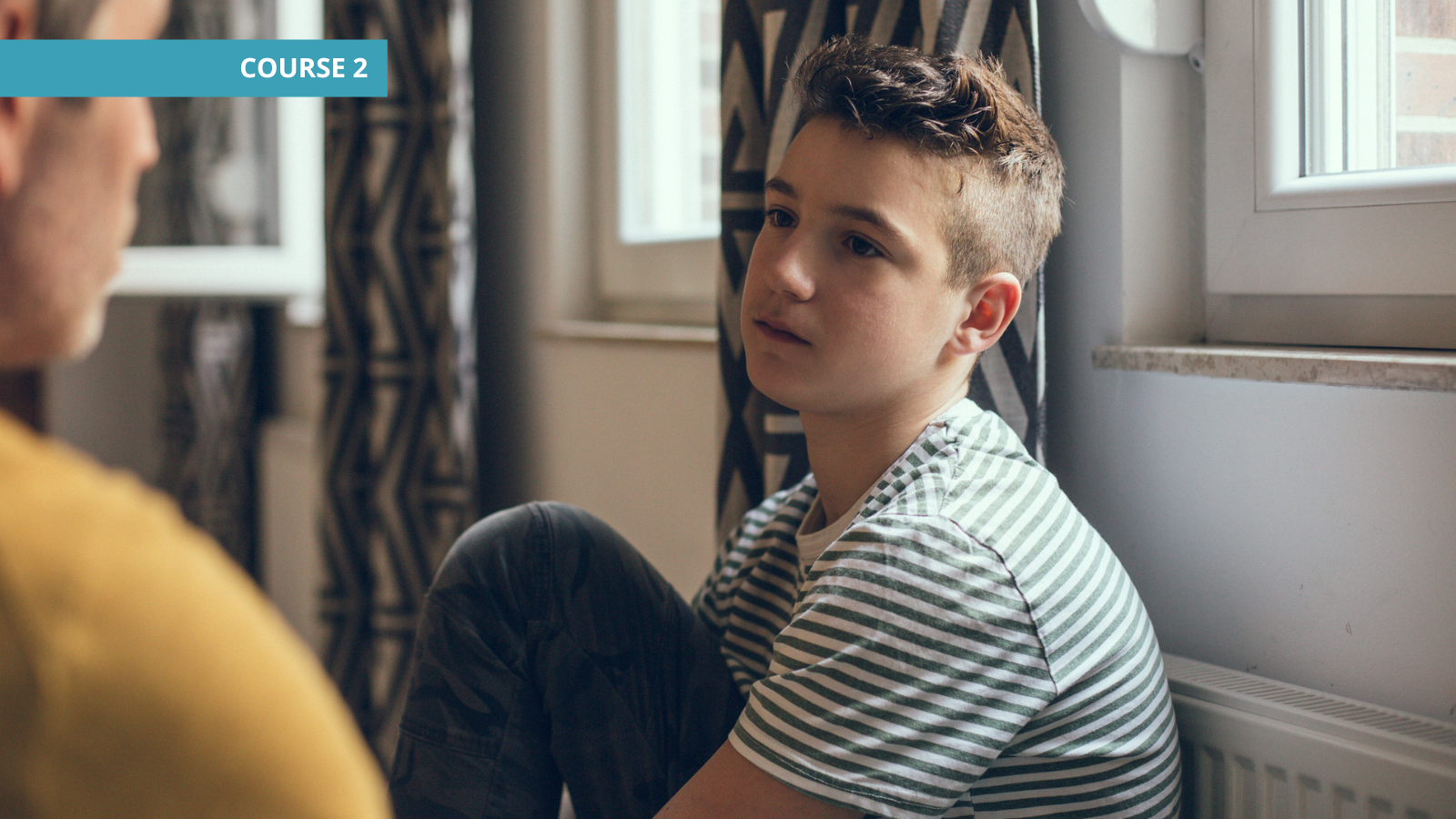
Caregiver Engagement in Assessment and Treatment
Course 2 covers the caregiver’s role in the clinical assessment and treatment of PSB-CY.

Clinical Decision-Making and Treatment Planning
Course 3 provides an overview of clinical decision-making and treatment planning for youth exhibiting problematic sexual behavior (PSB).

Monitoring Safety Planning, Supervision, and Treatment Progress
Course 4 identifies the key components of an effective safety and supervision plan for families and youth who present with PSB.
Webinars

Empowering Parents to Safeguard the Well-Being of Black Girls
This webinar will cover culturally competent care for military families impacted by problematic sexual behavior of other children and youth. Emphasis will also be placed on young black girls’ emotional and physical safety and wellness and the intersection of the sexual behavior and development of children and youth.

Navigating Intersectionality in the Treatment of Youth Problematic Sexual Behavior
This webinar delves into the topic of SBCY through the lens of Diversity, Equity, Inclusion, and Belonging (DEIB). This session will emphasize the importance of understanding and addressing the unique challenges faced by children and families of color when youth exhibit problematic sexual behavior (PSB).

Preventing the Onset of Youth Problem Sexual Behaviors
The goal of this session is to demonstrate how a school-based universal prevention program called Responsible Behavior with Younger Children (RBYC) might be used to prevent PSB directed towards younger children and also peers.
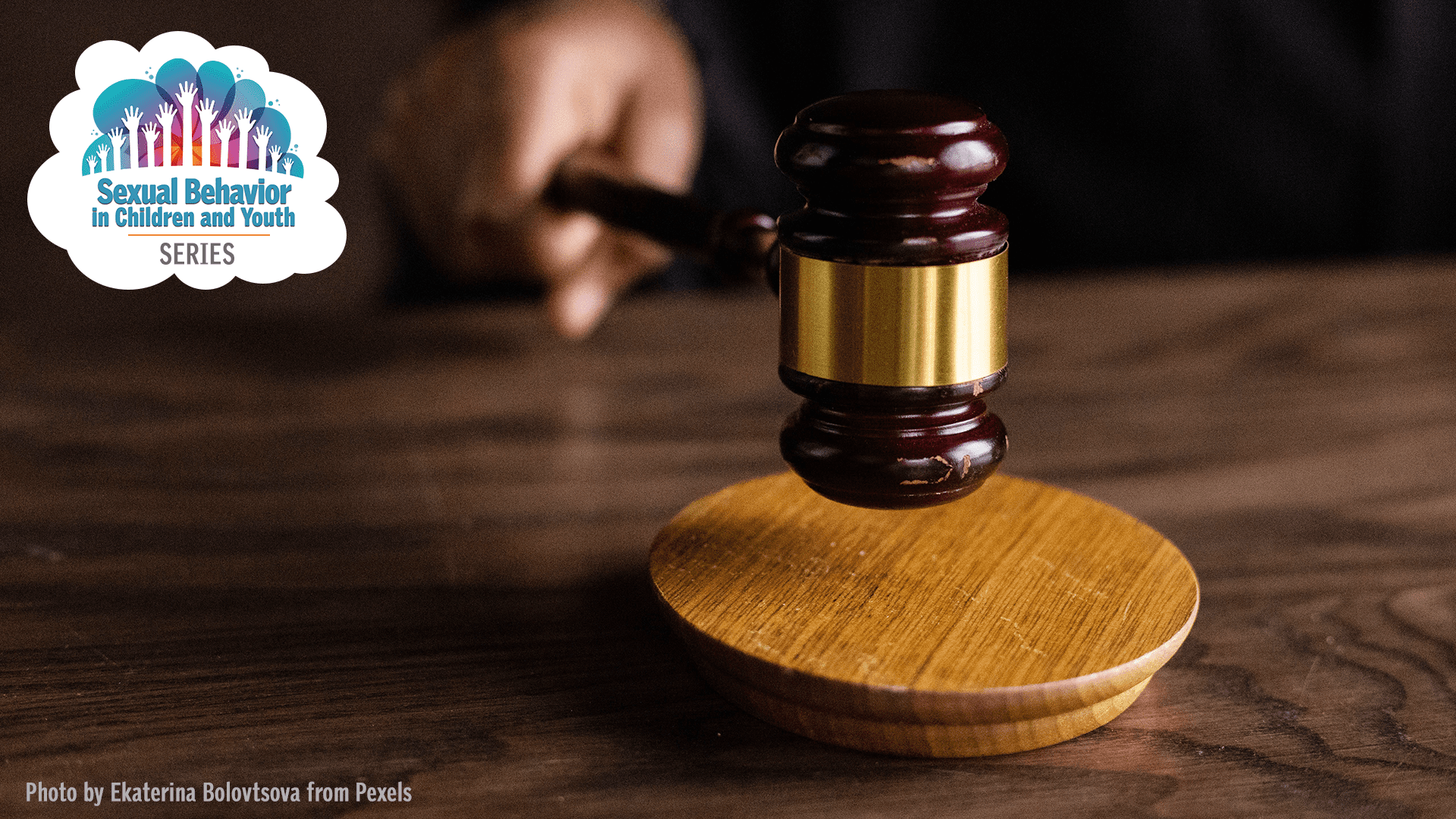
Juvenile Justice Responses to Youth in Conflict with the Law
This session provides an introduction to the juvenile justice system and the juvenile court. The unique challenges of military-connected youth who enter the juvenile justice system are addressed.

Culturally Competent Responses to Youth with Problematic Sexual Behavior
This presentation reviews the influences of culture and ethnic diversity on families and youth impacted by problematic sexual behavior. Explore how a balanced response contributes to the goal of understanding and healing.

Understanding Children’s Sexual Knowledge and Behavior from a Developmental Perspective
This webinar covers typical social, emotional, cognitive, and moral development in preschool (age 5 and under) and school-age (age 6 to 12) children and how development across these domains informs expected sexual knowledge and behavior.
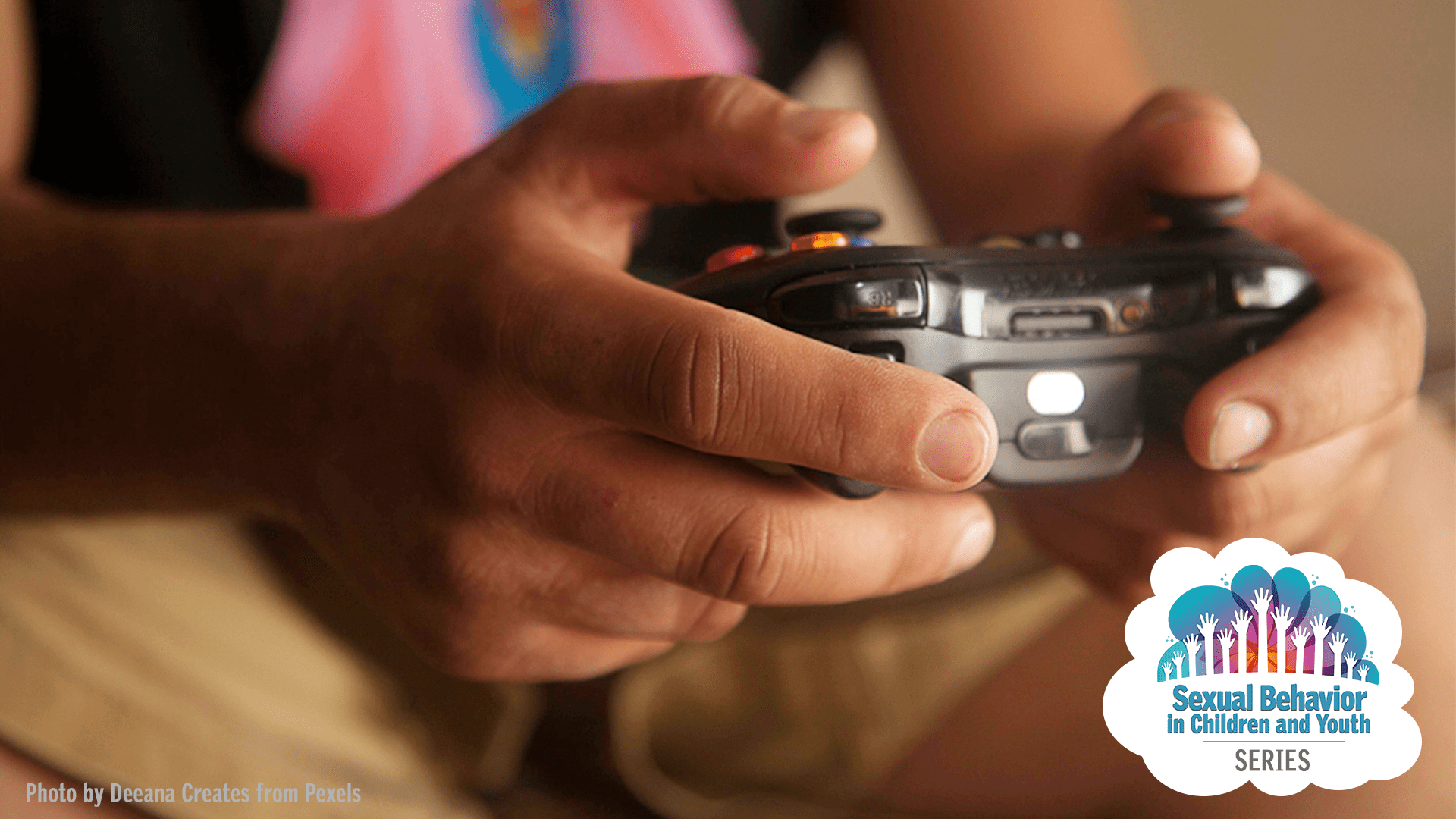
Talking with Youth about Sex, Sexuality, and Media
Participants will learn how to help and prepare children and youth to practice better decision-making in regard to their bodies and the bodies of others. We also discuss best practices for having substantial conversations on understanding pornography, sex, and sexuality.

Considering the Adolescent Brain When Addressing Problematic Sexual Behavior of Youth
Factors that may contribute to adolescents engaging in problematic sexual behaviors will be highlighted. Protective factors will be discussed and emphasized as possible strategies for supporting healthy behavior.

Overview of Treatment for Children Impacted by Problematic Sexual Behavior of Other Youth
This webinar provides an overview of treatment for caregivers and children impacted by the Problematic Sexual Behavior (PSB) of other youth using a Trauma-focused Cognitive Behavioral Therapy (TF-CBT) framework.

Engaging Families in Clinical Services: A Discussion on Engagement in Family Advocacy Settings
This webinar focuses on common factors that impact engagement for families in clinical services. Further, the research of McKay et al. related to caregiver engagement is discussed and applied to the family advocacy setting.
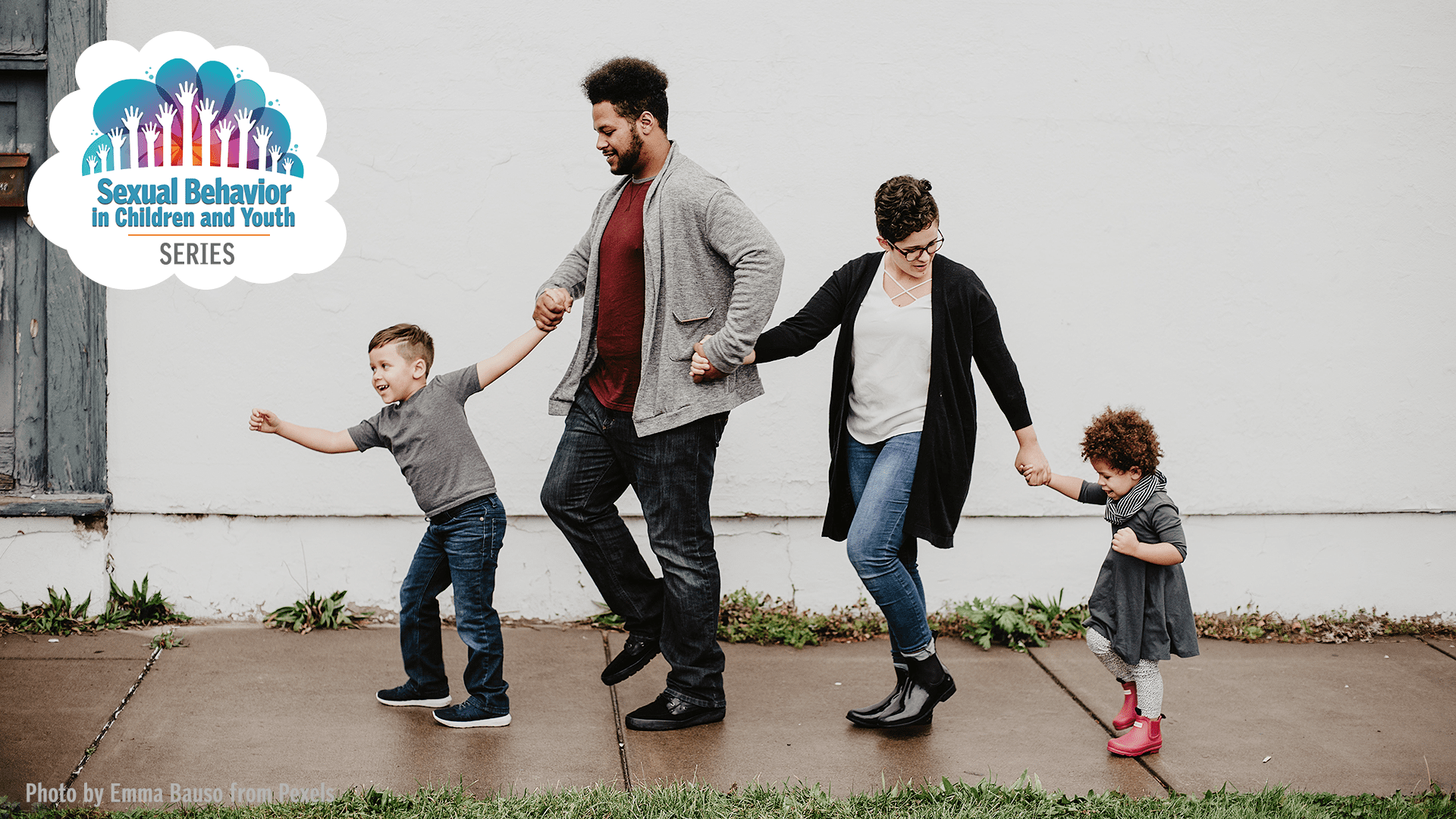
Problematic Sexual Behavior: The Importance of a Multidisciplinary Evidence-Based Approach
This webinar is focused on increasing the knowledge base of all multidisciplinary team members on problematic sexual behavior. Focus is placed on disseminating information regarding the continuum of sexual behaviors, dispelling myths about children with problematic sexual behavior, and instilling hope in treating this population.
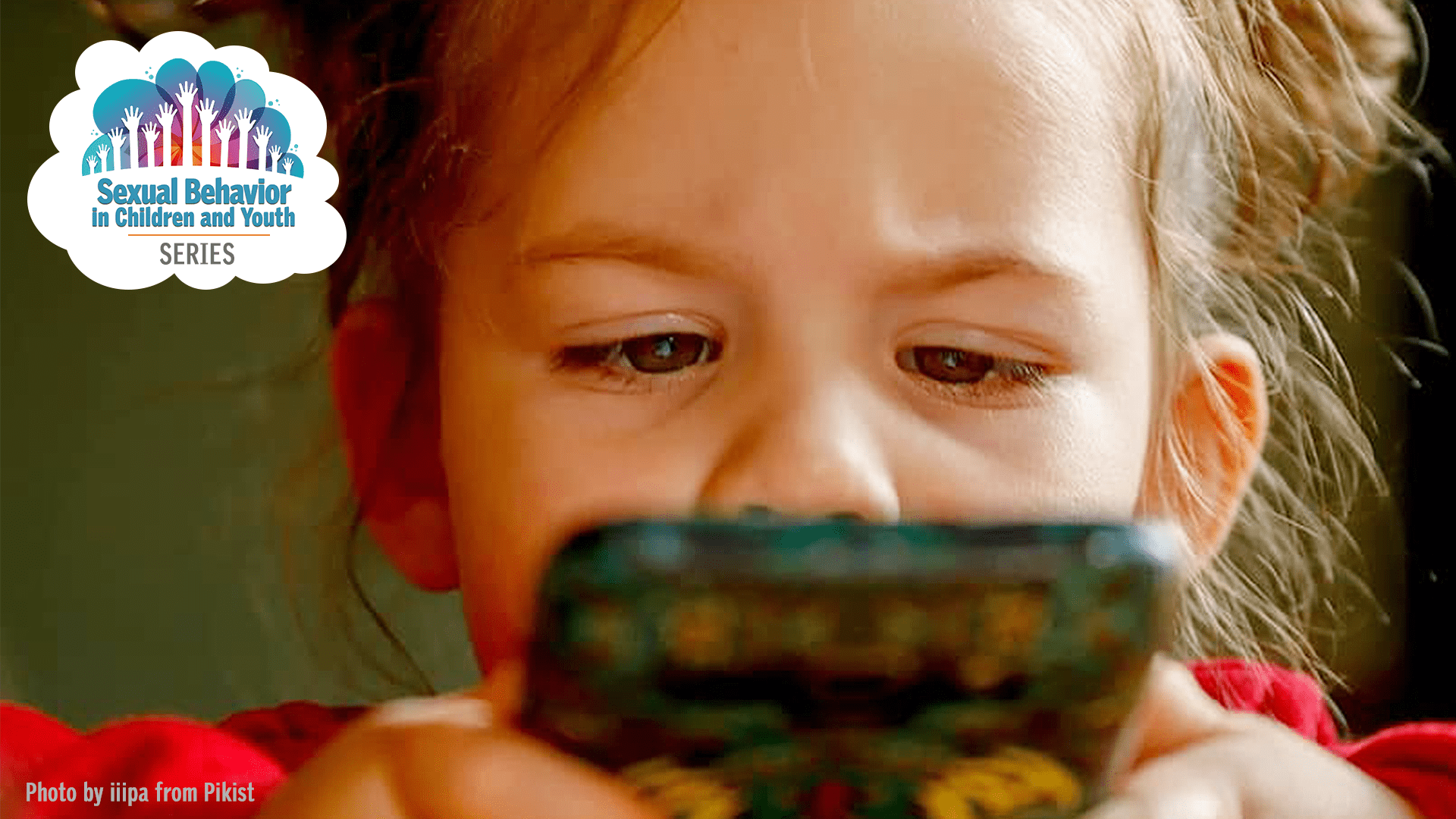
Modeling Healthy Technology Behaviors for Young Children
Technology has become integrated into virtually every facet of our lives, with benefits like convenience, the ability to communicate over long distances, and help to organize busy family schedules. This webinar provides an overview for military family readiness professionals of the importance for parents and caregivers to model healthy boundaries with technology for healthy child social-emotional development.

Supporting Youth to Set Healthy Boundaries with Technology
The presenter of this webinar engages military family readiness system professionals on the use of technology amongst adolescents, how technology is used to harm, and what caring adults can do to educate and empower youth in their lives to take action to end technology-facilitated abuse.
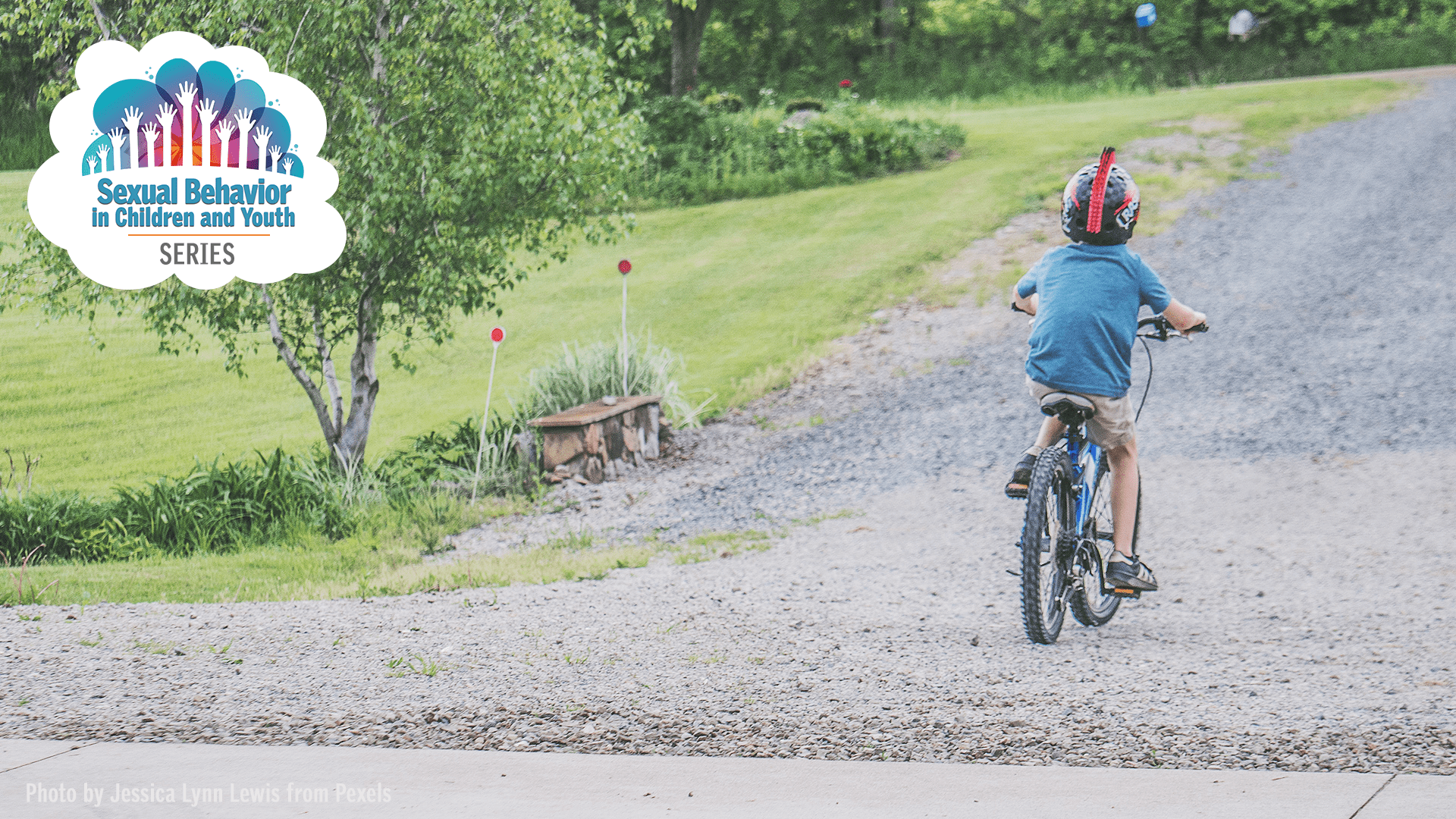
From Hysteria to Hope: Bringing Reason to Sexual Abuse in Childhood
Approaching the topic of problematic sexual behavior in children and youth is often difficult and challenging. Exploring ways of prevention is vital in preparing families and professionals with ways to keep youth safe and thriving.

Sexualized Behaviors in Children and Youth
Child sexual abuse can be a very tough topic to discuss. However, it is very important when preparing families and professionals with strategies to keep kids safe and thriving during childhood and youth. In this webinar Dr. Shelly Martin, a child abuse pediatrician and US Air Force Lieutenant Colonel, will review and explore normal, concerning, and problematic sexualized behaviors that children may display.
Podcast Episodes

A Discussion with Dr. Gregory Leskin about Problematic Sexual Behavior in Children and Youth | Anchored Episode 17
Dr. Gregory Leskin provides an in-depth conversation on challenges that arise with inappropriate sexual behaviors and explores resources for families and providers to promote healthy sexuality as children develop into adulthood.

An Introduction to Problematic Sexual Behavior in Children and Youth Courses | Anchored Episode 26
In this episode, we talk with Dr. Jane Silovsky and Mary “Tib” Campise about the continuation of the Sexual Behavior of Children and Youth professional development series!
Blog Posts
Sexual Behavior in Children and Youth Series Mailing List
Sign up to begin receiving our monthly newsletters and other OneOp updates!
OneOp encourages the expansion of skilled collaborative networks for service providers supporting military service members and their families through free online learning opportunities.
What’s in our monthly emails:
- Updates on the SBCY Series
- Information about free webinars
- Announcements of virtual events
- Blog posts and resources of interest to your work
- Highlights of programming offering continuing education credits!



